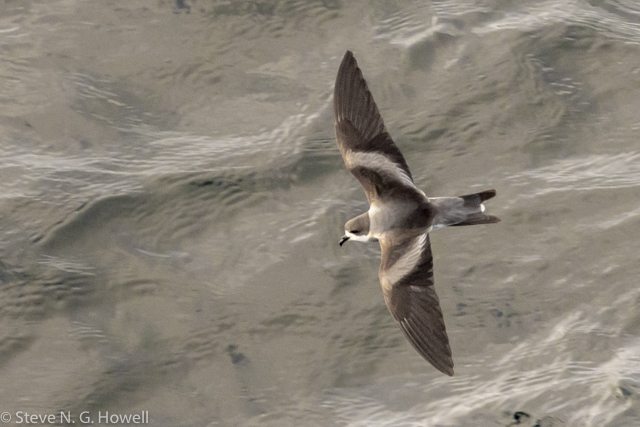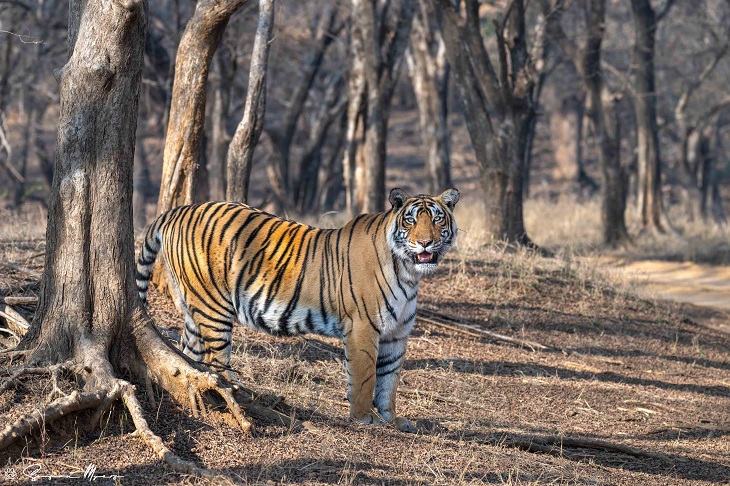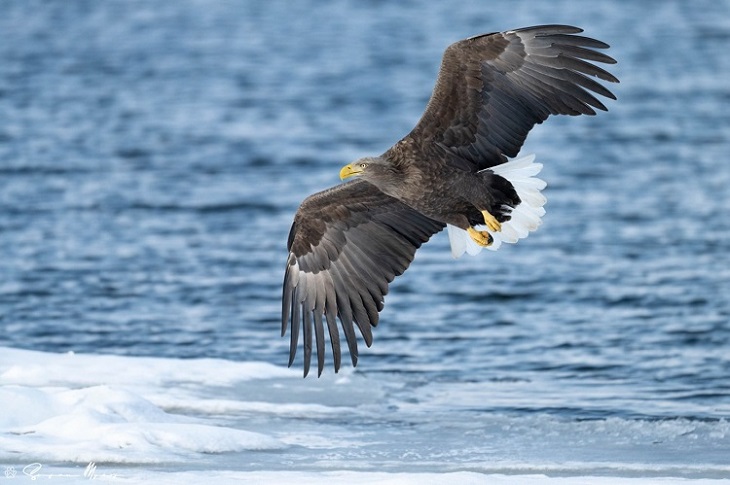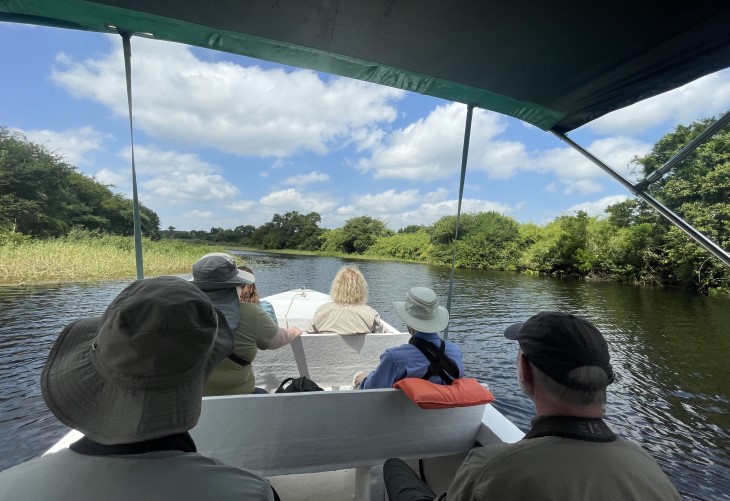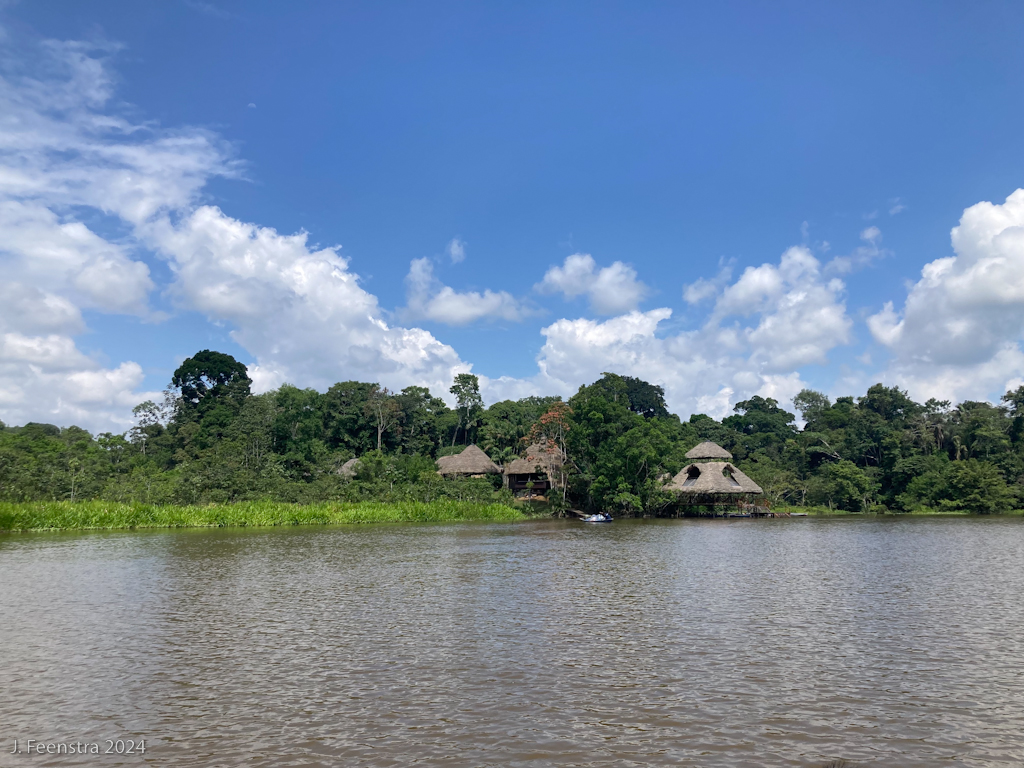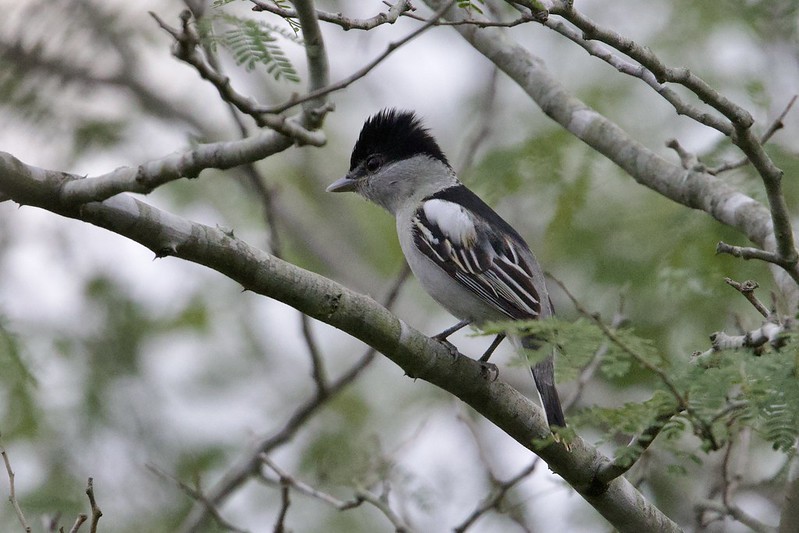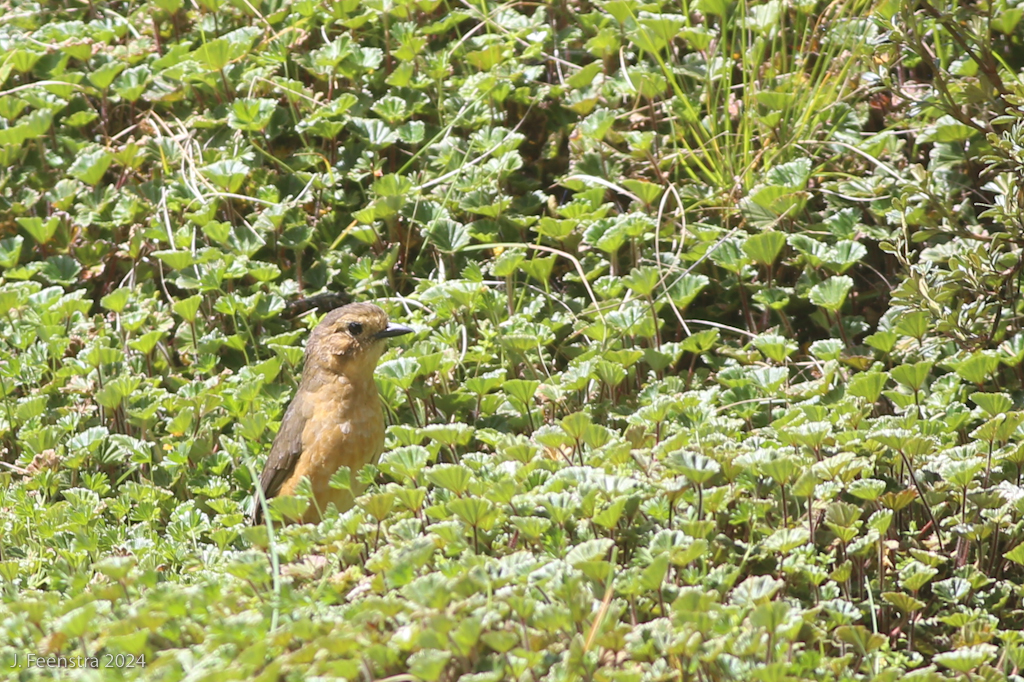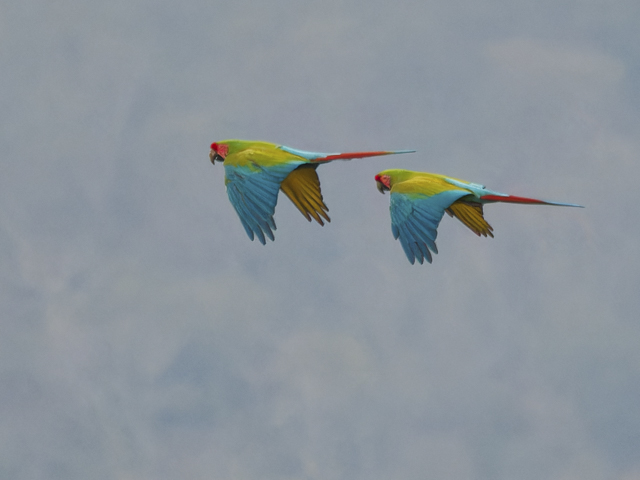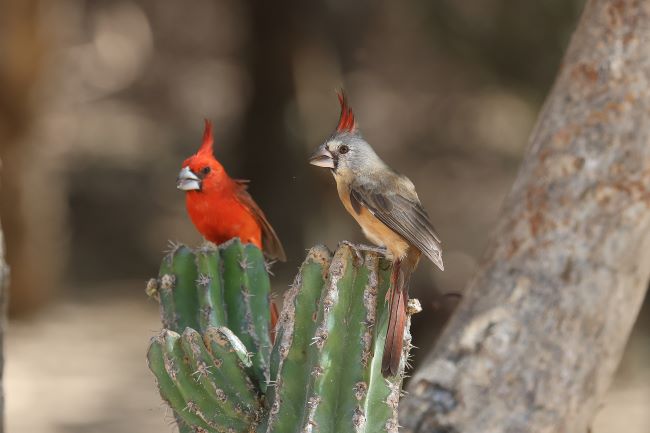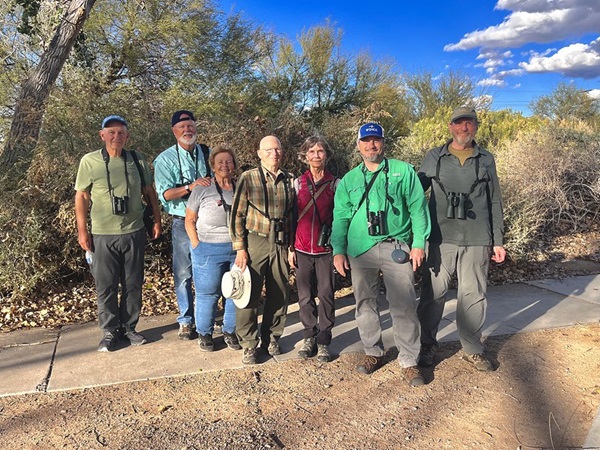Reports From the Field
Mar 11, 2024
Gavin Bieber and Stephen Menzie report from the recent Tasman Sea and New Zealand cruise:
Feb 26, 2024
Jake Mohlmann has just finished an amazing tour full of rarities in the lower Rio Grande Valley of Texas
Feb 14, 2024
Steve Howell reports from the conclusion of another great Week in San Blas, Mexico tour
© 2025 WINGS Birding, Inc.
